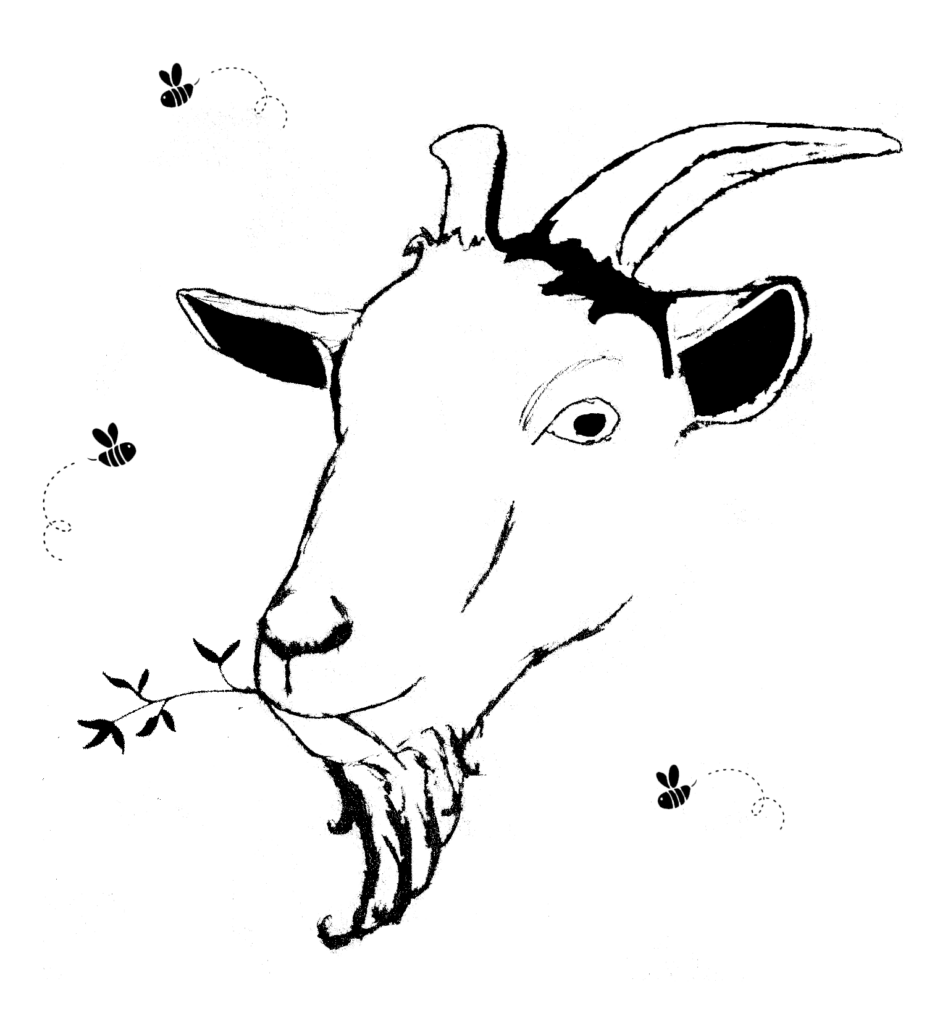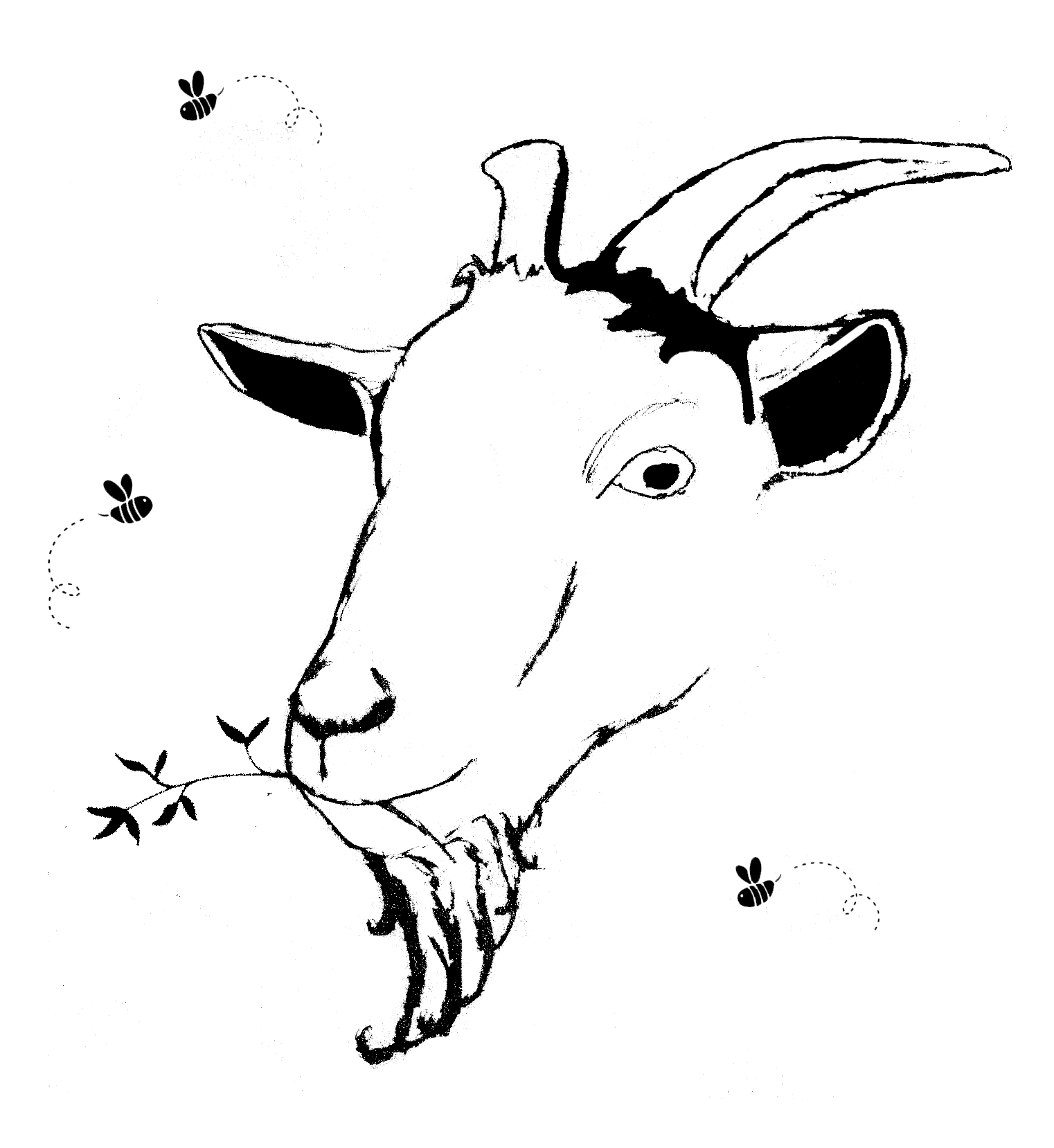Botanical Information
- Family: Liliaceae
- Common Names: Trout Lily, Yellow Adder’s Tongue, Dogtooth Violet
- Parts Used: Leaves, corms, flowers
Description
Erythronium americanum is a perennial wildflower native to eastern North America, often found in rich, moist woodlands. It is named for its mottled leaves, resembling a trout’s skin, and its delicate yellow flowers. Traditionally, it has been used for wound healing, digestive support, and as an emetic in larger doses.
Historical and Traditional Uses
- Used by Indigenous peoples for wound healing and as an anti-inflammatory.
- Employed in traditional folk medicine for digestive issues and as a mild laxative.
- Occasionally used as an emetic when taken in large quantities.
- The fresh leaves were chewed to soothe mouth sores and minor infections.
Constituents
- Mucilage
- Tannins
- Flavonoids
- Alkaloids
- Essential oils
Actions
- Emollient
- Anti-inflammatory
- Mild laxative
- Astringent
- Diuretic
- Emetic (in large doses)
Medicinal Uses
1. Wound Healing and Skin Support:
Traditionally used as a poultice for minor cuts, sores, and skin inflammation.
2. Digestive and Laxative Support:
Mildly stimulates digestion and may act as a gentle laxative for sluggish bowels.
3. Anti-Inflammatory Properties:
Used to soothe irritation in the digestive tract and externally for inflammation.
4. Diuretic and Detoxification Support:
May help promote kidney function and fluid elimination.
5. Emetic Properties (Rare Use):
In high doses, can induce vomiting and has been historically used as such in emergency situations.
Preparation and Dosage
Infusion (Tea):
- 1 tsp of dried leaves per cup of boiling water. Steep for 10-15 minutes and drink up to twice daily.
Poultice (Topical Use):
- Crushed fresh leaves applied to minor wounds or skin irritations.
Tincture:
- 2-4 ml taken up to twice daily.
Precautions and Contraindications
- Pregnancy and Lactation: Not recommended due to potential uterine-stimulating effects.
- High Doses: Large amounts can act as an emetic, causing nausea and vomiting.
- Allergic Reactions: Use cautiously if sensitive to plants in the Liliaceae family.
Energetics (Traditional Medicine Perspectives)
- Traditional Western Herbalism: Cooling and moistening; beneficial for inflammation and wound healing.
- Indigenous Medicine: Used as a healing herb for skin ailments and minor infections.
- Ayurveda: Primarily balances Pitta and Kapha, but may increase Vata in excess.
Combinations
- For Wound Healing: Combine with calendula and plantain.
- For Digestive Support: Combine with fennel and chamomile.
- For Anti-Inflammatory Benefits: Combine with turmeric and marshmallow root.
Harvesting and Storage
- Harvesting: Leaves and flowers are collected in early spring before the plant fully matures.
- Drying: Air dry in a shaded, well-ventilated area.
- Storage: Store dried plant material in an airtight container away from moisture and light.
Modern Research
Limited studies suggest Erythronium americanum may have mild anti-inflammatory and wound-healing properties, reinforcing its traditional uses.
Trout Lily remains a valuable herb in traditional medicine, particularly for wound care, digestive support, and mild detoxification.

